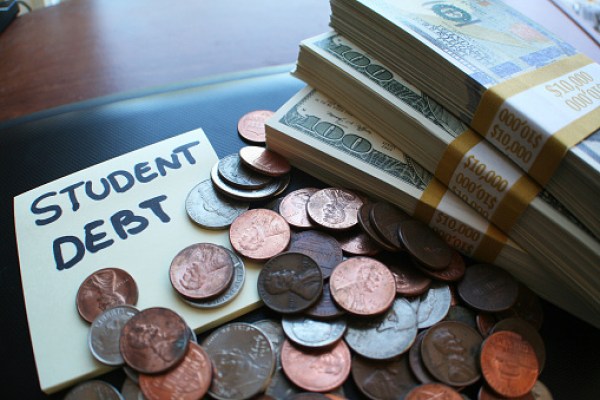
Student Loan Payment Relief Extended


President Donald J. Trump and his administration recently extended loan payment relief for student borrowers. An August 8th memo titled, “Memorandum on Continued Student Loan Payment Relief During the COVID-19 Pandemic” outlined the plan.
CARES Act Student Loan Relief
The COVID-19 pandemic continues to devastate the finances of millions of Americans, including students. In March, Congress passed the Coronavirus Aid, Relief, and Economic Security Act (CARES Act). The law temporarily stopped student loan payments. Originally, the law stopped payments up to September 30th. In August, President Trump extended the stay on payments through the end of December.
Students and borrowers can expect three types of relief: suspended loan payments, no collections on default loans, and zero percent interest rates. Only loans issued by the U.S. Department of Education (ED) office of the Federal Student Aid qualify. Unfortunately, the relief plan excludes private loans.

Suspended Loan Payments
The U.S. Department of Education places all loan payments in administrative forbearance. Due to the extension, automatic debit payments stop for the duration of the forbearance. Expect a refund if your issuer withdraws a payment between March 13 and December 31. In addition, for Income-Driven Repayment (IDR) plans, suspended payments count toward loan forgiveness.
Issuers do accept payments throughout the new forbearance period, however. Contact your servicer to opt-out of the forbearance and continue payments.

Zero Percent Interest Rates
Interest rates on qualifying loans are now zero percent. These include defaulted and non-defaulted Direct Loans, Federal Family Education Loan (FFEL) Program Loans, and Federal Perkins Loans. Also included are defaulted Health Education Assistance Loans (HEAL). Fortunately for borrowers, no action is needed to benefit from the interest rate change.
However, you may find yourself with higher interest rates after the relief period.
If you have loans not issued by the U.S. Department of Education, loan consolidation is an option. However, you may find yourself with higher interest rates after the relief period is over. So, consult your servicer for the plan that works best for you.

Stop Collections On Default Loan
Collection agencies holding loans in default have to stop collection calls for the duration of the relief period.
Internal Revenue Services (IRS) tax refund and social security garnishments related to student debt also stop during the relief period. Likewise, expect refunds on any federal tax refunds and social security benefits withheld as loan repayments. This applies only to collections started on or after March 13, and before December 31.

For millions of Americans, student debt is second to other financial needs. Job loss and eviction concerns to name a few. However, borrowers are highly encouraged to take advantage of the relief program. In addition, because payments made between March 13 and December 31, 2020 apply directly to the principal balance after interest is paid, those able to pay are encouraged to do so.
To locate or contact your servicer, visit StudentAid.gov/login or call at 1-800-4-FED-AID (1-800-433-3243; TTY for the deaf or hearing-impaired 1-800-730-8913).































































